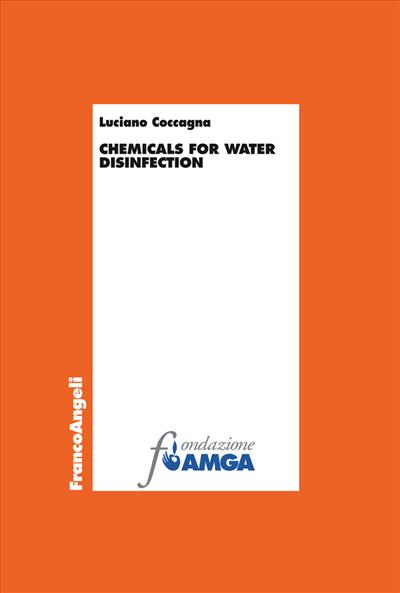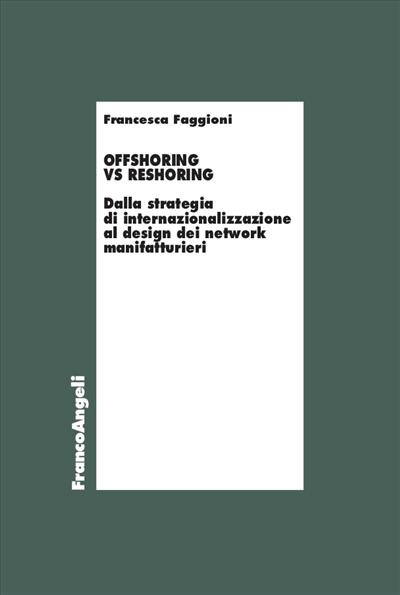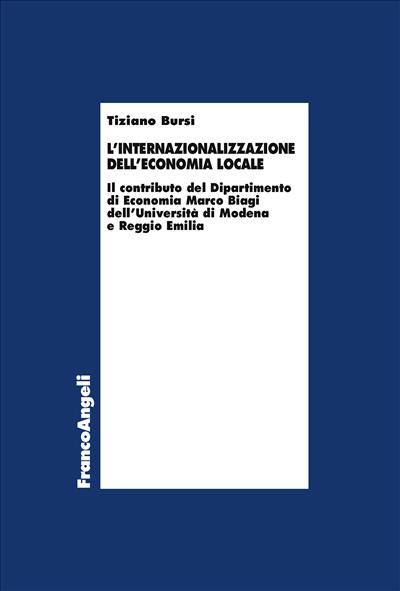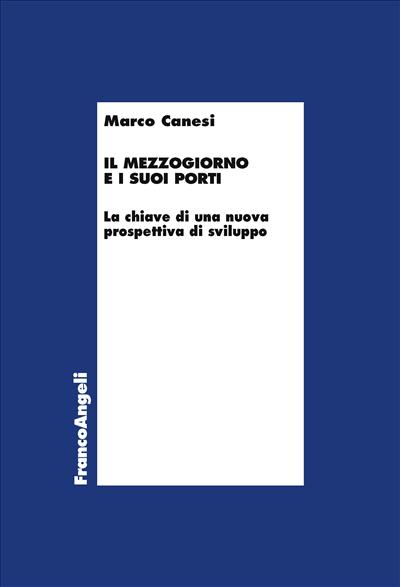
Chemicals for Water Disinfection
The present handbook is a modest contribution to the knowledge of the chemical disinfection behaviour and specifications. Emphasis is given to the fact that optimum disinfection is made up of an appropriate selection of steps. Each of them must guarantee a foreseeable performance (barrier treatment concept) and the use of disinfectant should be normally delayed as much as possible, that is after other organic and inorganic pollutants have been removed.
Edizione a stampa
24,00
Edizione a stampa
24,00
Pagine: 176
ISBN: 9788820436117
Edizione: 1a edizione 2013
Codice editore: 381.2
Disponibilità: Discreta
PDF con DRM
18,99
PDF con DRM
18,99
Pagine: 176
ISBN: 9788856873283
Edizione:1a edizione 2013
Codice editore: 381.2
Possibilità di stampa: No
Possibilità di copia: No
Possibilità di annotazione: Sì
Formato: PDF con DRM per Digital Editions




